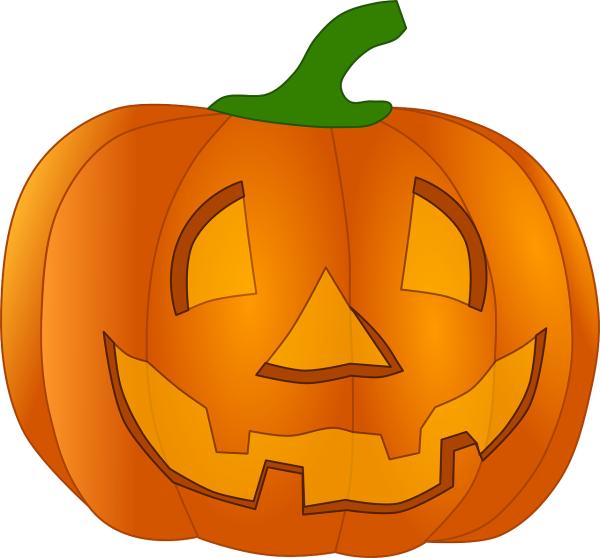As a glass half full and “why limit your world view to a glass anyway” kind of person, I am always partial to common sense tips that allow us to enjoy holidays by keeping us safe while not preoccupying us with endless worry. This can be a delicate dance in our fear-driven culture today. That said, as I started to review some Halloween safety recommendations from well-known organizations like the Red Cross, for instance, I saw a pattern that vacillated between using the event to warn about concerns that abound no matter the occasion mixed with a cascade of environmental worry that cannot help but emphasize hypervigilance and developing a lens that envisions a world of constant harm around each and every corner.
Such a lens is not generally therapeutic and sustaining such a level of hyper-alertness confuses our stress response. Instead of intermittently responding to allow us to flee danger in an acute setting, the prioritization of pervasive worry lists (insert next holiday, birthday, weekend, field trip albeit the zoo or museum, national event) as integral to “preparing” for any celebratory affair becomes our chronic status. This is overall depleting of our reserve, our ability to fight off infection, for example.
Joy matters. An ability to find comfort and peace in the stillness quells anxiety and empowers resilience. Approaching the good stuff with a fear-based mindset is missing the point. Protect yourself and loved ones, yes. Reviewing available data and information to avoid injury is useful, informative and worthwhile. But, cross the threshold of worry to panic and the disservice done will reverberate beyond this Halloween.
Children mimic what they see. If every new experience is viewed as an obstacle not opportunity, then this shapes their association down the line.
An example.
The Centers for Disease Control and Prevention (CDC) offers Seven Ways To Be Safe and Healthy This Halloween (see here). They opt to use the holiday as a means of discussing general health (eg get moving - the benefits of regular physical activity, eating well - focus on fruits and veggies, be smoke free, get good sleep). But, they also highlight to keep Halloween candy at bay, not to fill up on junk food and candies and instead eat more nutritious foods this Halloween. Obviously, eating a sensible well-balanced diet the majority of the time is essential to growth, proper development and well-being. Attempting to deny the benefit of an infrequent indulgence on so memorable a childhood event is not realistic and sends the wrong message. By underscoring optimal oral hygiene, the CDC despite being well-intended creates a subtext that such a once-a-year indulgence is going to adversely impact your teeth long-term. Deprivation also leads to unwanted, unhealthy food behaviors and future challenges. A night of exuberance and lost sleep will not diminish overall health, again achieving it most of the time is the better narrative.
Balanced messaging is key.
Their most useful, practical advice is “Play it Safe - Take precautions to stay safe while trick-or-treating on Halloween night. Watch out for cars, use reflective gear, walk with a group, and carry a flashlight.” These are good reminders appropriate to the moment. But, there is no understanding conveyed that Halloween itself is a bonding experience for families, a shared activity that can among many other scenarios create a learning environment, cherished memories, nurture independence, creativity and bolster healthy relationships.
To sum up
There are a number of resources that together provide great tips. The ones mentioned in this piece hold tremendous value in terms of reminding us to check candy for intact wrappers and give us refreshers on street safety and so forth. Despite all the consideration around stranger danger and toxic candy, it is actually upper extremity injuries from pumpkin carving that are more likely to happen so measures there make a lot of sense (see here). Reviewing the available websites of reputable institutions and organizations for Halloween safety is not a bad idea, as they can cover preventable issues you might have been unaware of or forgot. The trick is to absorb the information in a way that guides, but does not consume. We can all work on that ability.
The concept of enjoying childhood occasions like Halloween just needs to start getting as much attention as the concerns surrounding prevention do. Having fun is a life skill worth preserving, especially when we face dark periods. Undermining that fundamental truth does not serve us, albeit in adolescence or adulthood.




